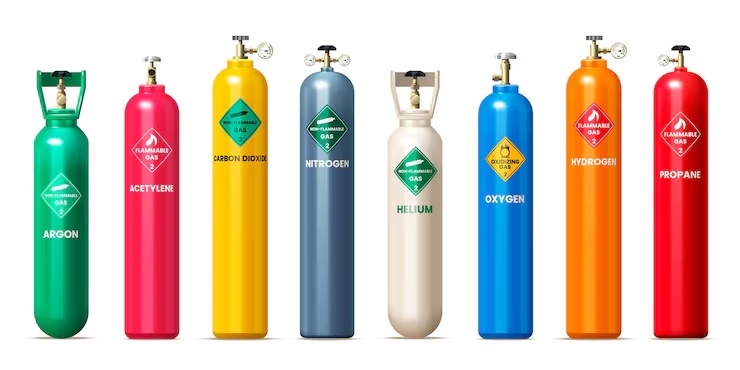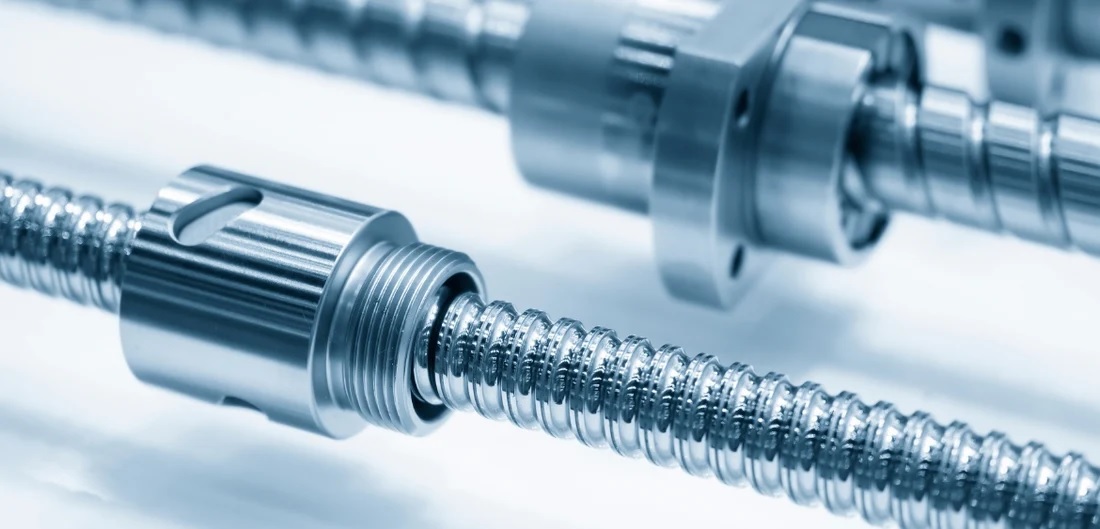Efficient equipment design and reliable performance are crucial across many industries. But what enables these sectors to achieve such standards? For applications requiring precise pressure and controlled movement, specialized solutions are essential. Compact, high-force components play a key role in meeting the demands of these applications. Here’s a look at the top five industries where these components are critical.
This is where nitrogen gas springs play a vital role. What exactly makes these components valuable in different fields? Why are they preferred in high-load, high-speed environments? Below are the top five sectors where these components make a substantial impact, helping improve efficiency and effectiveness.
1. Automotive Manufacturing: Enhancing Precision and Efficiency
The automotive industry frequently demands equipment that can operate with high precision and strength. Gas-filled springs provide the force needed in metal forming processes such as stamping and punching, which are common in car part manufacturing. These springs are engineered to maintain consistent force, which is critical for precision tasks within the industry.
Moreover, in complex processes like die-casting, these components are essential in managing weight distribution and pressure control. By incorporating this technology, automotive manufacturers can achieve smoother operations, reducing wear and tear on the machinery. This not only boosts productivity but also contributes to long-term cost savings by minimizing downtime and maintenance. As a result, automotive manufacturers are able to meet high production demands without compromising on quality.
2. Aerospace Industry: Meeting High Standards for Safety and Reliability
Aerospace is synonymous with high standards and reliability, where each component of an aircraft must withstand extreme conditions. This sector relies on gas-based springs for applications that require controlled pressure and consistent force, as these parts are specifically designed for resilience. Their durability ensures critical systems maintain performance under pressure, contributing to overall safety and compliance with stringent regulatory standards.
Gas springs are often used in aircraft landing gear and various adjustable mechanisms within the cabin. Here, the goal is to meet stringent safety standards, and these springs are an ideal solution due to their durability and long operational life. With these components, aerospace manufacturers ensure the safety and longevity of critical systems in the skies.
3. Industrial Machinery: Providing Stability for Heavy-Duty Operations
Heavy machinery in industries like construction and mining demands robust support systems. Gas-powered springs deliver the stability required for machinery components subjected to intense pressure and heavy loads. By applying controlled force, they enhance the structural integrity and extend the lifespan of these machines.
These springs serve diverse functions in industrial machinery—from stabilizing hydraulic arms to providing controlled counterforce in lifting mechanisms. By incorporating this technology, heavy industries can achieve smoother operation, reduced wear, and improved machine durability, leading to more efficient workflows. This added reliability not only optimizes productivity but also reduces operational costs by minimizing unscheduled downtime.
4. Medical Equipment Manufacturing: Ensuring Precision and Comfort
Precision is paramount in the medical field, where equipment must function accurately and consistently. Gas-loaded springs assist in various medical devices, especially those requiring adjustability, such as hospital beds, surgical tables, and ergonomic supports. These devices benefit from smooth movement and easy control, ensuring comfort for patients and reliability for healthcare professionals.
Additionally, in high-stakes environments like operating rooms, the seamless functionality of these components becomes essential. By providing effortless control and stability, gas springs help healthcare facilities maintain a high standard of care and patient safety. This technology not only supports healthcare professionals in their work but also contributes to the overall efficiency of medical services.
5. Consumer Electronics: Compact Power for Lightweight Devices
The consumer electronics sector constantly demands compact, reliable components to enhance the functionality of its products. Gas-filled springs are ideal for electronics that require smooth, controlled movement, such as adjustable screens, hinges in laptops, or camera stabilizers. This technology enables manufacturers to create devices that are not only functional but also convenient and ergonomic for the end user.
One key advantage in electronics is the compact size of these components, which can deliver impressive force without taking up much space. This makes them perfect for smaller devices that still require durable and stable performance. In the world of consumer electronics, where design and practicality go hand in hand, gas springs prove invaluable.
Nitrogen gas springs are an integral part of industries requiring controlled pressure and reliable support. Their applications in automotive, aerospace, industrial machinery, medical equipment, and consumer electronics highlight their versatility and durability. By delivering consistent force and enhancing the performance of equipment, they play a crucial role in advancing industry standards and improving operational efficiency.




